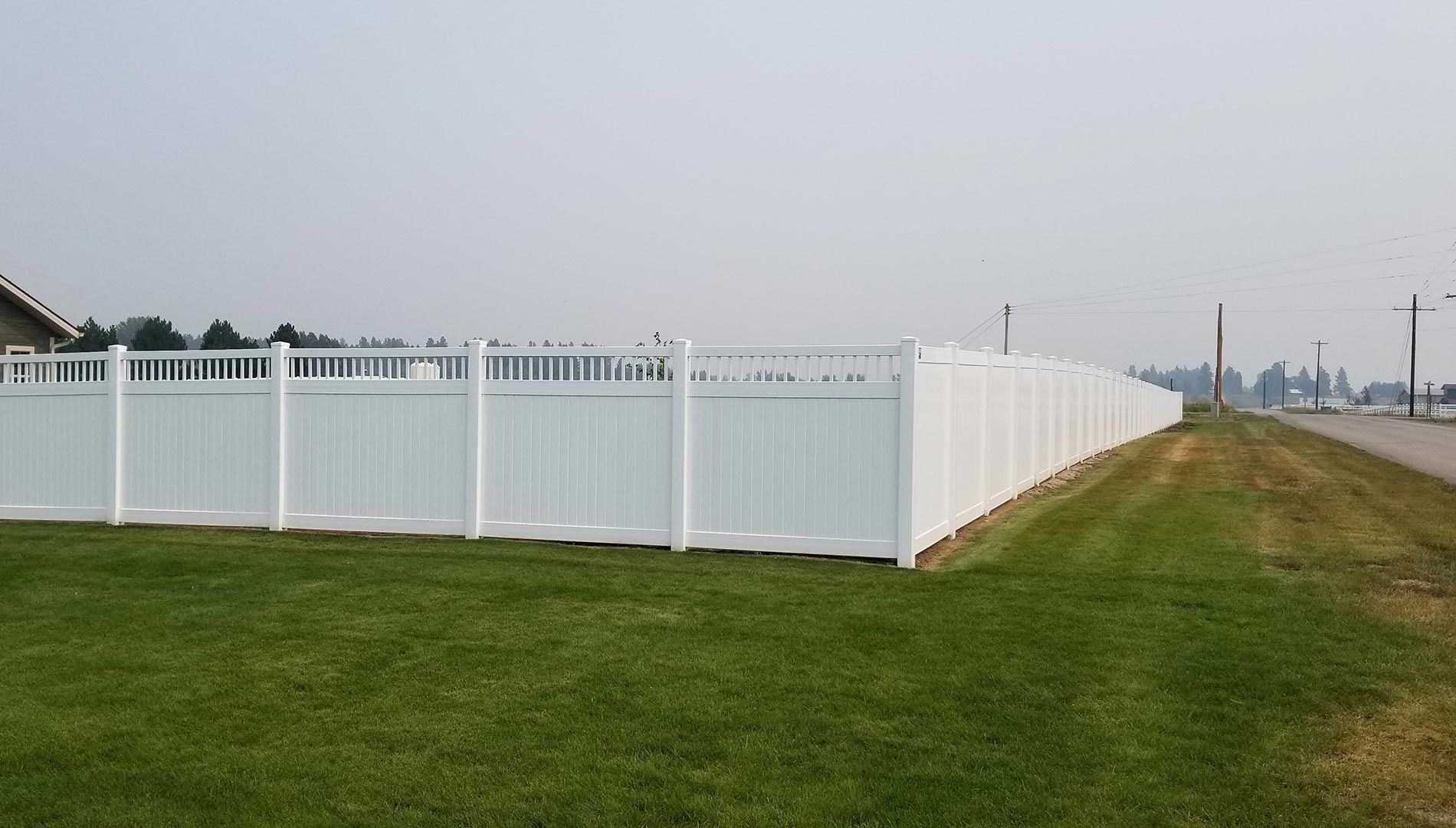Understanding Vinyl and Wood Fencing
Selecting the ideal fence for your property often comes down to vinyl or wood. Each material has its own set of advantages and challenges, so it’s essential to consider your needs, style preferences, and budget.
This guide will help you evaluate the pros and cons of vinyl and wood fences, ensuring you pick the right one for your home.

Is Vinyl Fencing Right for You?
- Durability: Vinyl fences are highly resistant to weather, pests, and rot, making them a long-lasting choice.
- Low Maintenance: Because vinyl doesn’t need painting or staining, it requires very little upkeep, making it a hassle-free option.
- Cost: Although vinyl fences can be more expensive to install initially, they offer long-term savings due to their low maintenance needs.
- Drawback: One downside of vinyl fences is the limited range of colors and styles, which might not suit every design preference.
Wood Fences: The Good and the Bad
- Aesthetic Appeal: The natural, rustic look of wood fences can be enhanced with various paint, stain, or finish options to suit any style.
- Cost: Wooden fences are often more cost-effective to install than vinyl fences.
- Maintenance: Wood fences require regular maintenance, such as painting, staining, and repairs, to prevent damage from pests and the elements.
- Lifespan: While wood fences can last many years, they often have a shorter lifespan compared to vinyl, especially in harsh climates.
Which Fence Offers Better Value: Vinyl or Wood?
Vinyl fences typically cost more upfront, but their low-maintenance nature makes them more cost-effective in the long term. In contrast, wood fences are less expensive initially but require more maintenance.
If you’re planning for a long-term investment, vinyl may be the better value. For short-term needs or projects with a tight budget, wood can be a more economical choice.
Which Fencing Material is More Eco-Friendly?
While wood is considered more eco-friendly due to being a renewable resource, treated wood may contain harmful chemicals. Vinyl, though not biodegradable, has a longer lifespan, which can minimize its environmental impact.
Consider sourcing sustainably harvested wood or recycled vinyl for a greener choice.
